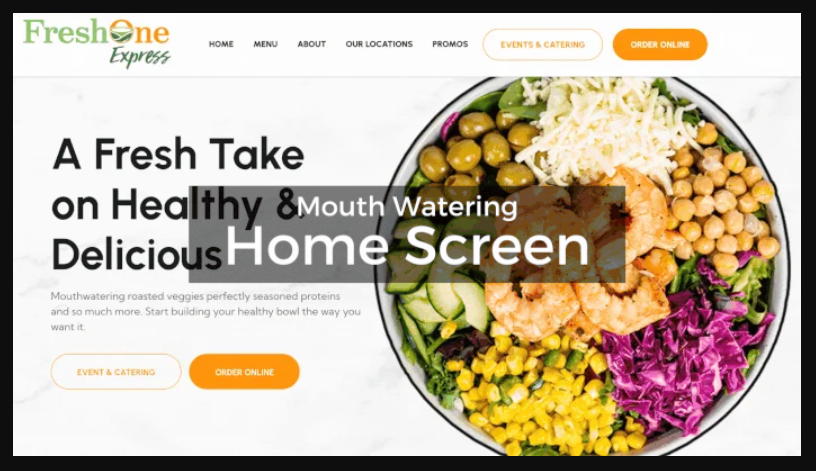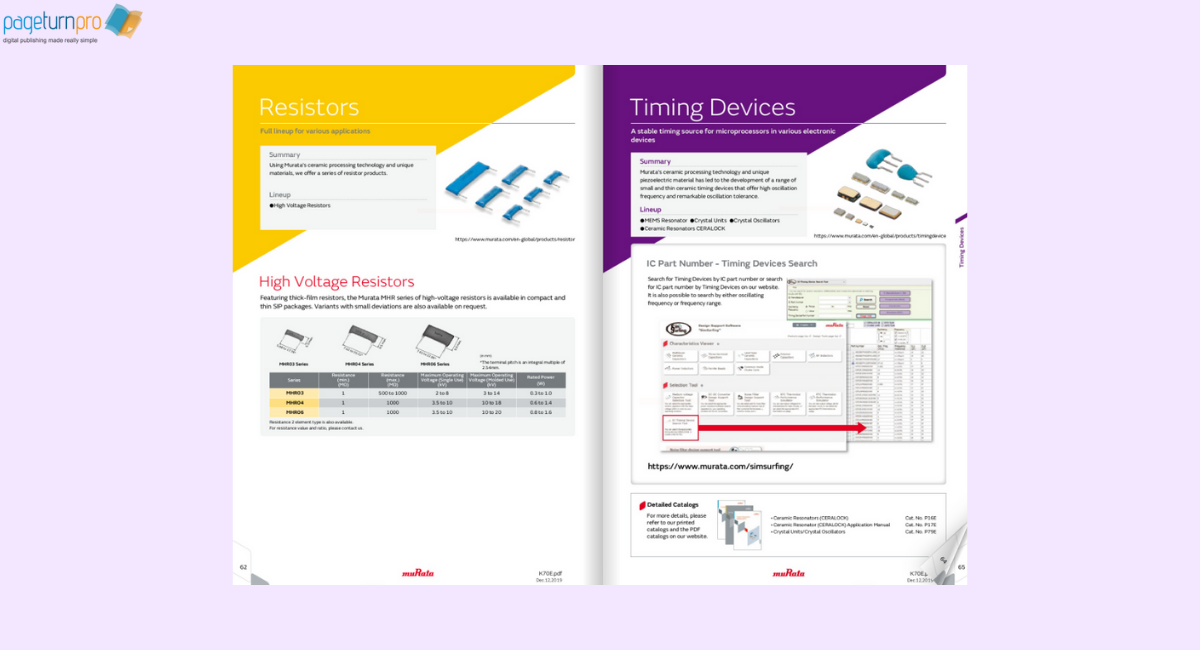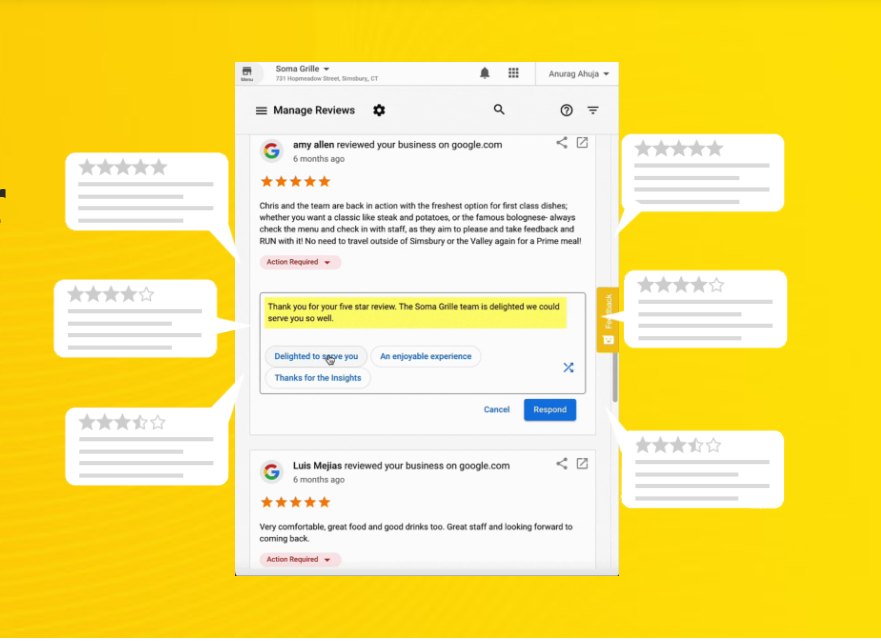Complete marketing toolkit for restaurants 101

The restaurant business is faster and more competitive than ever. Having good food and good service alone is no longer a guarantee of success. To survive, restaurants need to differentiate both online and offline, employing clever marketing techniques to draw in consumers and establish loyalty! But where do you begin? That's where this complete marketing toolkit for restaurants enters the picture.
Complete Marketing Toolkit for Restaurants 101
1. Establish a Solid Online Presence
Your web presence is your restaurant's electronic storefront and a customer's initial impression. Here's how to maximize it:
a) Improved Business Website
Each restaurant requires a well-designed website. Consider these aspects:
•Must-Haves: Have your location, menu, contact details, and business hours.
•Mobile-Friendly Design: More than 60% of online search takes place on mobile phones - ensure your site is mobile-friendly.
•Online Ordering & Reservations: Incorporate platforms such as OpenTable or Toast to have a seamless ordering and reservation process.
•Compelling Photography: Images of your food and dining area speak louder than words. Utilize high-quality photographs that reflect the look and feel of your restaurant and menu.
b) Google My Business (GMB) Optimization
Optimize and set up your GMB listing so customers can find you online easily.
•Claim Your Profile: Get listed with proper info, pictures, and reviews.
•Post Regular Updates: Post about new dishes, promotions, or events to maintain a healthy listing.
•Ask for Reviews: Positive reviews from GMB assist in driving local SEO and introducing new diners.
c) Social Media Pages
Restaurants love Instagram, Facebook, and TikTok. Make good use of them:
•Instagram: Post delectable-looking images of food, behind-scenes shots, and interesting stories.
•TikTok: Share creative content such as recipe demonstrations, chef challenges, or humorous clips appealing to younger generations.
•Facebook: Inform customers about special promotions, events, and new menu items.
2. Develop a Strong Brand Identity
Branding is more than a logo or slogan; it's how customers view your restaurant. Develop a strong brand that communicates your story and makes an impression:
a) Consistent Branding
Consistency is paramount across all platforms:
•Use the same color scheme, typography, and voice on your website, menus, and social media.
•Embark on your restaurant values—be it eco-friendly eating, genuine cuisine, or quick delivery.
b) Storytelling
Your brand story can differentiate your restaurant from others. Explain what drives your menu, the story of how your restaurant began, or the individuals running your kitchen.
3. Master Local SEO
Getting your restaurant to appear higher in local search results can drive significant in-person traffic. Here's how to master it:
a) Keywords
Inject relevant keywords, such as "best Italian restaurant in NYC" or "fresh seafood near me," into your website, blog posts, and social media bios. Tools like Google Keyword Planner can guide you.
b) Local Citations
Ensure consistency in your NAP (Name, Address, & Phone) across all your online listings such as Yelp, TripAdvisor, and Bing Places.
4. Activate Email Marketing
Stay in touch with customers through email campaigns. Email marketing triggers an impressive return on investment (ROI) and retains your customer list engaged:
a) Offers & Discounts
Send exclusive deals like "15% off your next meal" to drive repeat traffic.
b) New Menu Announcements
Engage your audience by posting updates on seasonal menu offerings or signature dishes.
c) Personalization
Segment your mailing list (birthdays, interests) and send personalized messages or promotions. For example, provide complimentary beverages for a birthday celebration.
5. Referral Incentives & Loyalty Programs
Promote repeat visits with loyalty programs.
•Loyalty Cards: Provide a complimentary meal or beverage after a predetermined number of purchases.
•Referral Discounts: Give discounts to customers when they bring in friends.
6. Advertise Strategically
A low advertising budget, if utilized efficiently, can lead to huge returns. Target these platforms:
a) Social Media Ads
Social media platforms like Facebook and Instagram provide targeted ads. Utilize geo-targeting to target local customers or sponsor certain posts to push new menu launches.
b) Google Ads
Invest in Pay-Per-Click (PPC) ads to drive more local visitors for search terms such as "restaurants near me."
c) Influencer Partnerships
Get into partnerships with food bloggers and local influencers to market your restaurant. They are able to feature your meals to thousands of potential patrons instantly.
7. Reviews & Reputation Management
Word-of-mouth continues to matter, but reviews are what tip the scales these days.
a) Encourage Reviews
Ask satisfied customers to review on sites such as Yelp and Google. Offer a little reward (such as a 10% discount) for their time.
b) Respond Gracefully
Thank customers for good reviews and respond to bad ones in a professional manner. Let customers know you appreciate every opinion and are willing to make things better.
8. Host Events & Promotions
Be creative to attract more eaters:
•Host themed evenings such as "Taco Tuesday" or "Wine Wednesday".
•Provide seasonal promotions during off-seasons (winter dining specials, for example).
•Honor local events or holidays with specially designed menu packages.
9. Savvy Analytics and Feedback
Data is your best friend when it comes to optimizing your marketing strategies.
•Utilize Facebook and Instagram insights to determine which posts engage the most.
•Analyze foot traffic patterns using software such as Placer.ai to gauge the effect of promotions.
•Send customers follow-up surveys for direct input on their experience.
10. Community Involvement
Establishing real relationships with your local community can create long-term loyalty.
•Host fundraisers with local schools or charities.
•Sponsor local events like food festivals or farmers' markets.
Conclusion
Running a restaurant comes with its fair share of challenges, but with the right complete marketing toolkit for restaurants, marketing doesn’t have to be one of them. By building a strong online presence, crafting a compelling brand identity, and interacting with your local community, you’ll not only increase foot traffic but also build loyalty that lasts.
The next time you post a latte art photo or reply to a rave review, keep in mind that all the little bits count.
Note: IndiBlogHub features both user-submitted and editorial content. We do not verify third-party contributions. Read our Disclaimer and Privacy Policyfor details.







